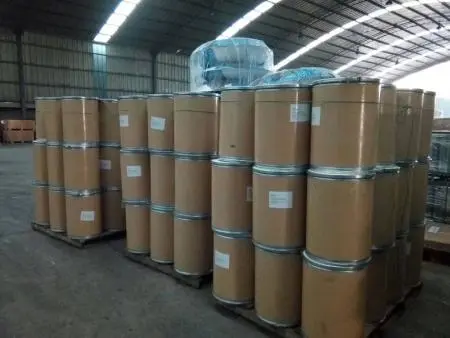Terephthaloyl chloride: a key precursor for high-performance fibers
2025-05-19
In chemical fiber plants and laboratories, terephthaloyl chloride (TPC), a special chemical, is quietly driving the progress of materials science. As an important diacyl chloride compound, it has become the core raw material for the preparation of a variety of high-performance polymers.

Why is TPC irreplaceable in material synthesis?
The key is that both ends of its molecular structure carry highly active acyl chloride groups, which can undergo condensation reactions with various amine compounds. This property makes it an ideal monomer for the preparation of high-performance fibers such as aramid and polyamide. In particular, when making para-aramid fibers, the polymerization reaction of TPC and paraphenylenediamine can form a rigid molecular chain structure, giving the material extraordinary strength.
The materials developed based on TPC have three outstanding properties:
1. Excellent thermal stability, with a decomposition temperature exceeding 500℃
2. Mechanical strength is 5-8 times that of steel wire
3. Excellent chemical corrosion resistance
From bulletproof vests to optical cable reinforcements, from high-temperature filter felts to aerospace composites, high-performance materials derived from TPC are playing an important role in key areas. This seemingly simple chemical molecule is actually an important bridge connecting basic chemicals and cutting-edge materials.
You might not realize it, but nearly everything you touch today has a connection to petrochemicals. These oil and gas-derived compounds form the backbone of our material world – from the plastic water bottle on your desk to the synthetic fibers in your clothes. But how exactly does black crude oil transform into these everyday essentials? Visit our website at https://www.aecochem.com/ to learn more about our products. For inquiries, you can reach us at [email protected].
 English
English Español
Español  Português
Português  русский
русский  Français
Français  日本語
日本語  Deutsch
Deutsch  tiếng Việt
tiếng Việt  Italiano
Italiano  Nederlands
Nederlands  ภาษาไทย
ภาษาไทย  Polski
Polski  한국어
한국어  Svenska
Svenska  magyar
magyar  Dansk
Dansk  Suomi
Suomi  العربية
العربية  český
český  ελληνικά
ελληνικά 


